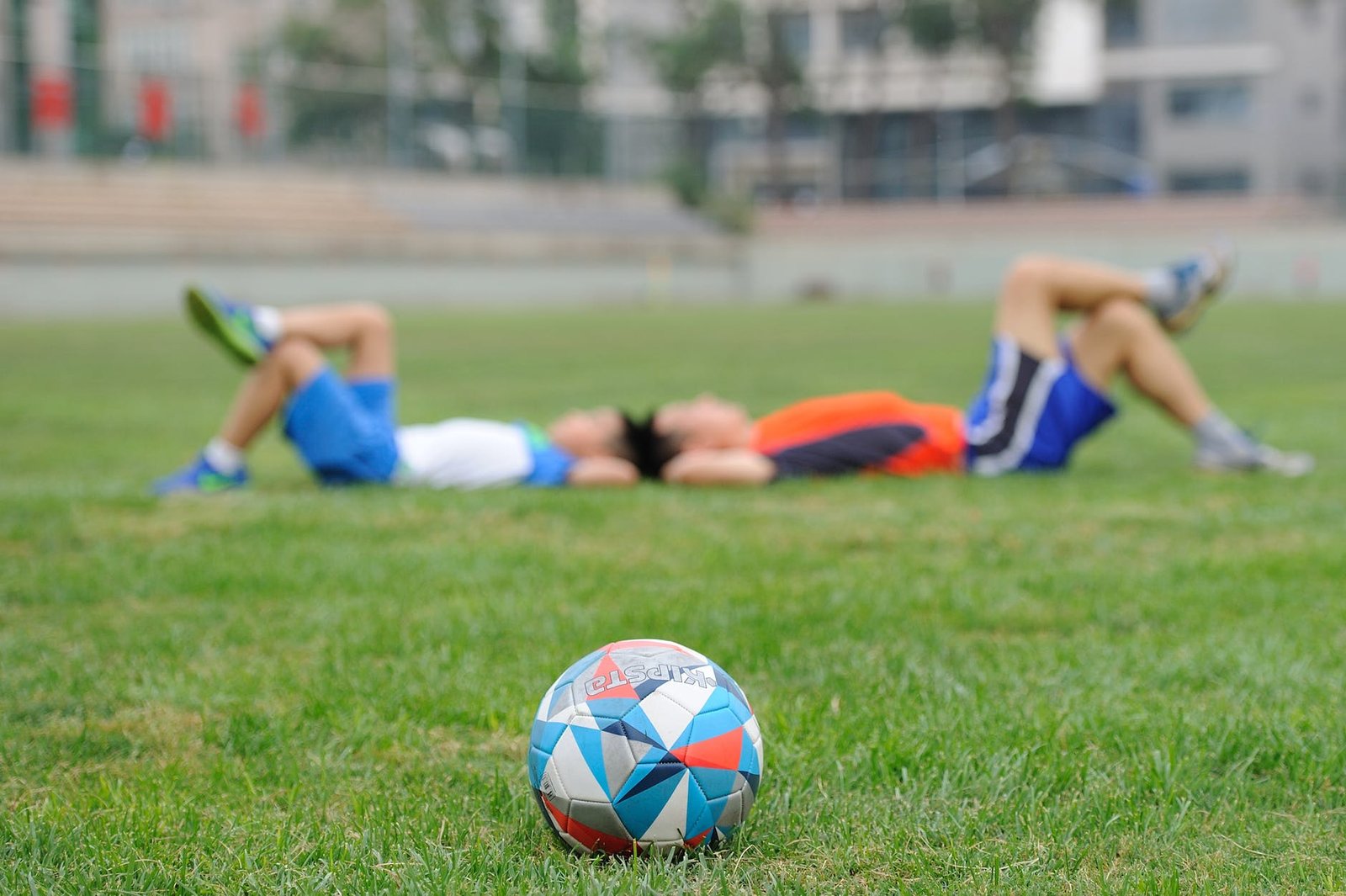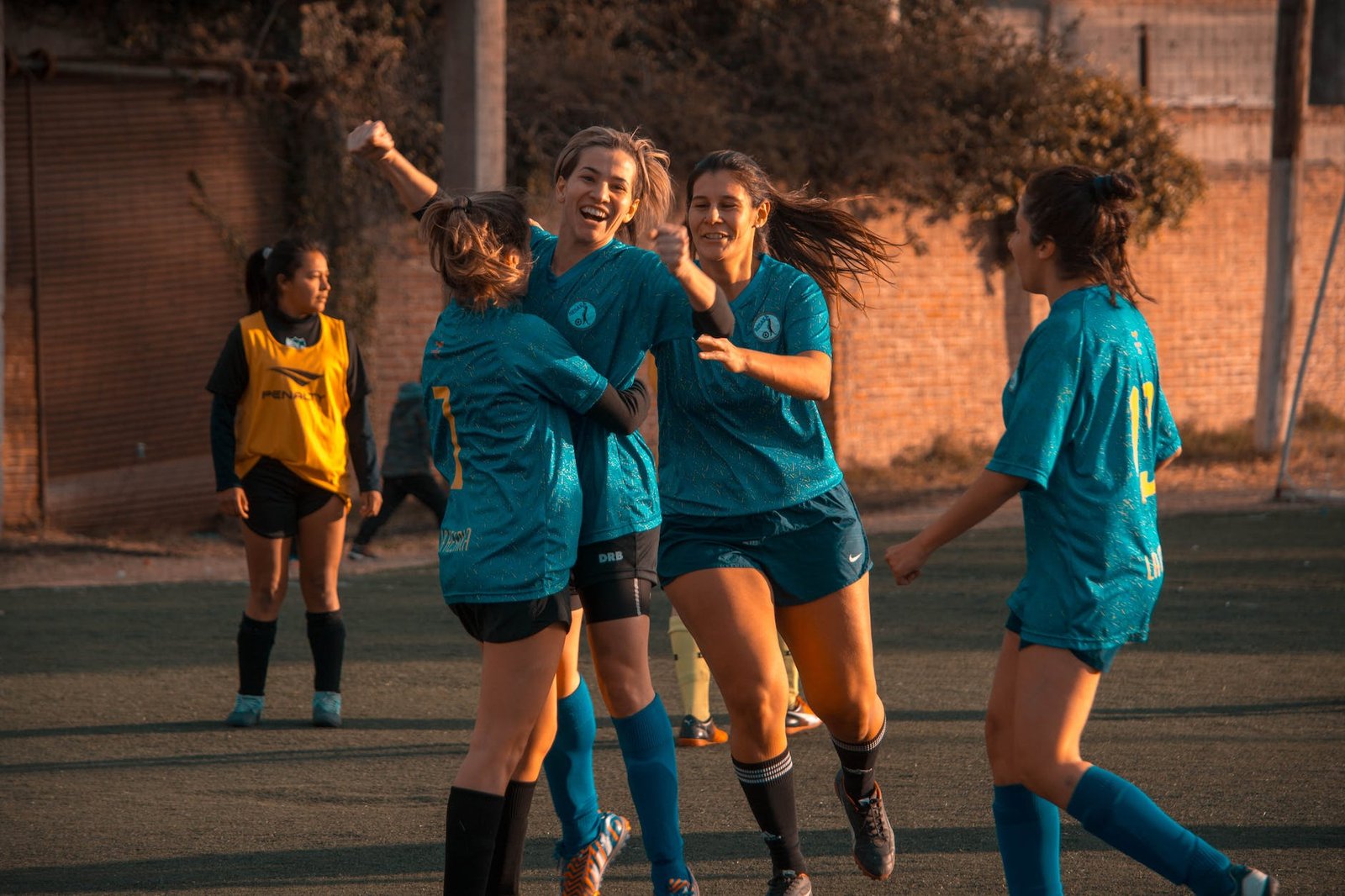What is pickup soccer? The foundation of every soccer player
“Kids don’t play soccer on their own and we have to do something about it”. I’ve heard this from every coach I’ve talked to. While kids don’t play as much as they used to, it’s not completely true. I keep hearing from my players that they play pickup soccer at recess. Or that they play after school or in their backyard. Or they play for the school team. The value of unstructured play or mismatched competition is incredibly high. We will explore where to find these games, the benefits of playing and how to make most out of it. Regardless of the format (5v5, 6v6 or 10v10), the location (grass, turf or futsal) or even the game (soccer, skills challenge or soccer tennis), the value of playing soccer outside of the regular practices and games will develop the players in a different way.
“Edgar Davids wanted to play in the local neighborhood. I told him that we had training every day and that we couldn’t go and play with kids in the street. So he told me ‘You’ve changed! You don’t remember your neighborhood and what you did before.’
Once or twice, I went with him. But he did it often. It was impressive because we were having fun, but it was also crazy to go, after training , playing on the tarmac with the kids. He did it a lot and had great technique”
Zinedine Zidane, soccer legend, about Edgar Davids playing pickup soccer during their time in Juventus (1996-2001)
Where to find pickup soccer?
- Facebook Groups! I know that it sounds like I have not been online for the past decade, but there really are more pickup events on Facebook than any other place. Especially if you are a parent looking for games for your kid – where do you think other parents are active? Not Discord or SnapChat or TikTok, but Facebook. Alternatively, look for MeetUp events created by folks. Obviously many groups just communicate over WhatsApp, WeChat, Viber or even regular group text message chat. However, they are usually private and can’t just find them online.
- Individual practices at the nearby field. Get a ball and do some kicking at the goal. It is unlikely that anybody is going to kick you out, such as school custodian or something like that. However, if they come and ask you to leave, it is a prefect opportunity to start a conversation. “Sorry, I didn’t know it is not public. I’ve seen others play. Do you know when and where people play pickup games nearby?”
- Stop by around fields and parks. I often go for a run or a bike ride, and when I see a soccer field, I go close to check out if anybody is playing. Often times there is nobody there, but sometimes people play.
- Start your own! If you already have 3-4 friends that might want to play, create your own group. If you really want to get awareness, do the things above, such as creating a Facebook or MeetUp groups. The important thing is to get the contacts and keep them posted. Then, you might want to consider joining a league if the commitment is high and the quality of players is similar. If the group becomes large enough, you might need to think about renting a field and getting insurance. If the group becomes enormous, you can create a league on your own or at least a tournament. It can become a fantastic soccer side hustle.
Benefits of pickup soccer and unstructured soccer games
Sometimes parents ask me if their player has to come to practices in order to play in games. I often compare soccer to piano. If a piano recital is the game, soccer practice is the piano lesson, then piano practice are backyard and pickup games. You don’t go to the recital if you haven’t taken lessons. You often don’t do recitals if you have practiced on your own either. However, for some reason parents think that it’s ok to go only to the games and not to the previous steps. As coaches, we show drills and technique, correct mistakes and build platform for individual and team development. But it is up to the players to get repetitions until they get fluidity, instead of trying those movements for the first time with an opponent sprinting straight at them.
How to make most out of pickup soccer?
Pickup games can be great, but they can be annoying. Sometimes people want to take it too seriously or to goof off. Players often play dangerously or don’t try at all. Finally, the difference in skill levels can make it a bad experience. However, there are some ways to make the most out of it, even in these situations.
- Play against worse players than you. You have to practice controlling the ball and play possession with purpose and intensity. If the opponent is faster, stronger and better than you, then you will likely try to get rid of the ball whenever you can.
- Play against better players than you. If you play against better player, they will attack your weaker spots. You want that to happen at pickup games and on at championship finals! So, position yourself to be there and lose the ball multiple times, until you get the movements perfect.
- Pick an uncommon position for you. If you usually play as a left back, try playing as an attacking midfielder. The position will force you to learn new things, such as do more scanning or pass with one-touch passes.
- Try unconventional things. I am talking about trying crosses or through passes, or other things that you usually don’t do. It is at pickup games that I learned many of the moves I do now at regular games, such as the la croqueta.
- Play in bad weather and weird terrain. When the weather gets bad, like rainy soccer season or the soccer pitch covered in snow, many people stop playing pickup soccer. But the pros are still playing and they get used to it. If you want to get used to playing through rough weather, including heat waves, you have to at least play low intensity pickup.
- Don’t be afraid to lose the ball. Yes, there are some folks that keep on screaming at their teammates during pickup games like their life depends on it. However, just brush it off and be ok with losing the ball. The only way to grow is to play with some risk in terms of the result.
- Stay safe! The most annoying thing is to get injured during a pickup game because of some reckless challenge. Silly thing like that can make you miss soccer for weeks and more. There was one time I saw a player doing rough challenges at a pickup game. He kept doing it even though some of his friends told him to stop. I just moved across the pitch to play in an area as far away as I could. Eventually I stopped coming to those pickup games because it was too risky for me.
How much unstructured soccer is played?
“Just 27% of children said they regularly play outside their homes, compared to 71% of the baby boomer generation.” While nobody is particularly surprised to see the difference for soccer kids in the USA, it is really important to think about the consequences. Playing outside will bring some challenges that the kids will need to learn to handle. I am talking about social challenges of not getting a field or a ball, or enough players, or older kids taking over the game… So many issues can arise that the players will learn from. However, I focused on the soccer skills that will be gained by playing pickup games, as well as how to make the most out of it. I keep playing today, well past my prime soccer days. I love it and I hope you will, too. Happy soccer!


